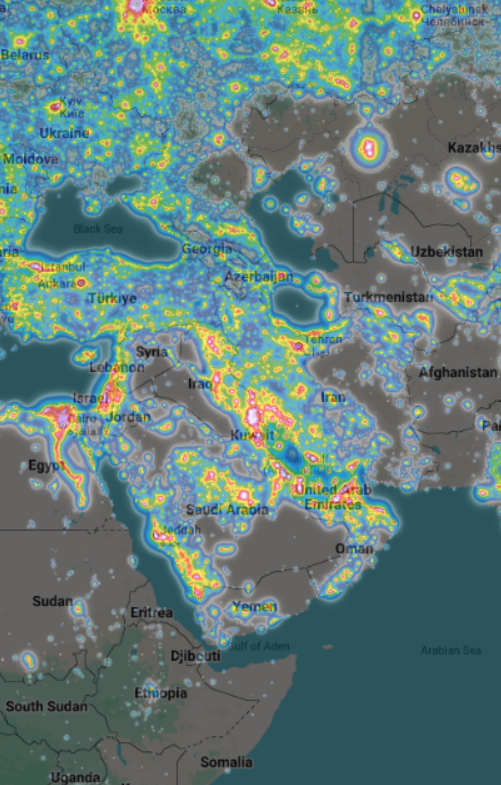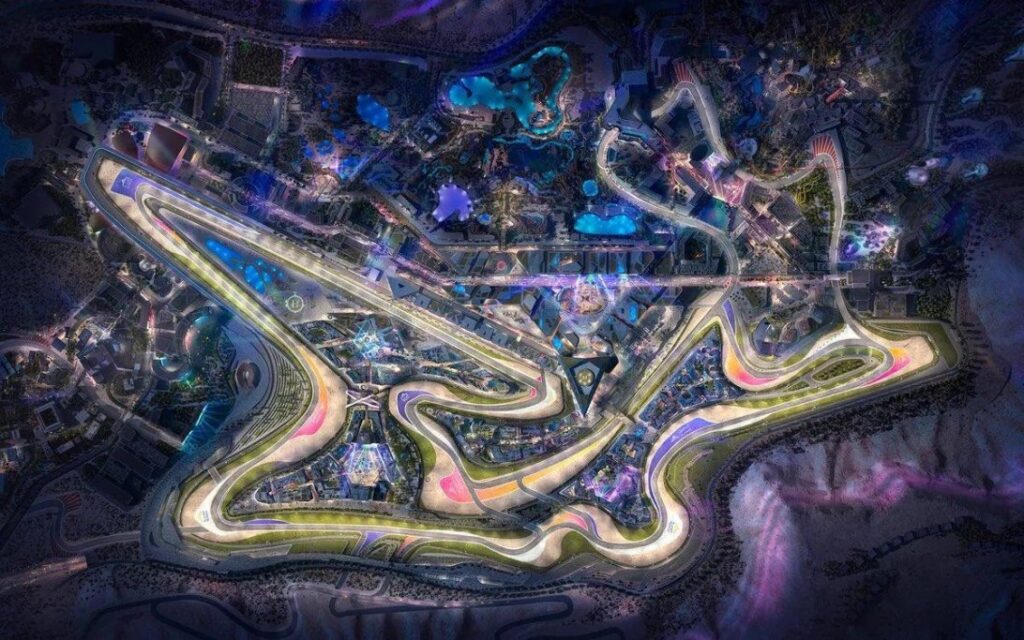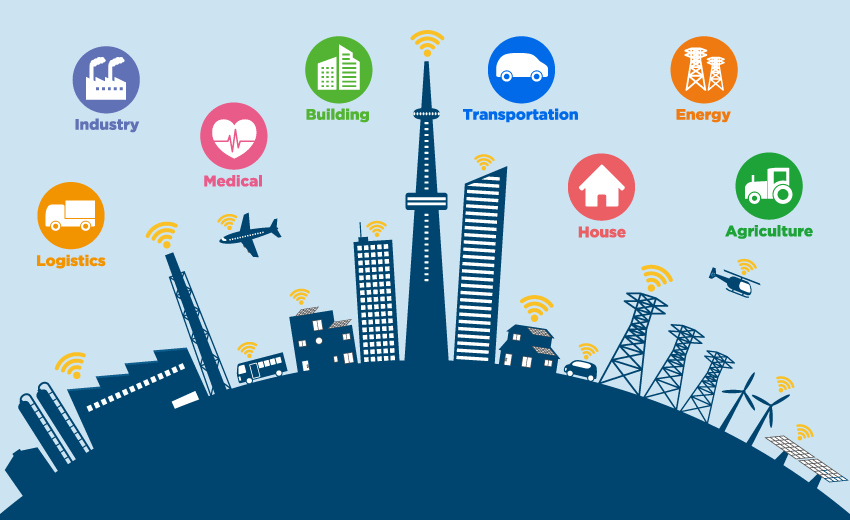Understanding Light Pollution in Smart Cities
The Hidden Cost of Urban Lighting
At the heart of many smart cities lies a paradox: the brighter the future, the dimmer the night sky. Light pollution cities face growing challenges as excessive or misdirected artificial lighting disrupts ecosystems, wastes energy, and even affects human health. While smart infrastructure aims to enhance quality of life, unchecked lighting can undermine the very sustainability goals cities aim to achieve.
Types of Light Pollution
Light pollution is more than just “too much light.” It includes:
- Glare: excessive brightness that causes visual discomfort
- Skyglow: the brightening of the night sky over populated areas
- Light trespass: unwanted light spilling into homes or natural habitats
- Clutter: bright, confusing groupings of lights, often in commercial areas
Each type contributes to energy inefficiency and disturbs natural rhythms—issues that data-driven cities must address proactively.
The Impact of Light Pollution on Urban Life
Environmental Consequences
Ecosystems are finely tuned to natural light cycles. Disruptions caused by artificial lighting impact nocturnal animals, migratory birds, and plant growth. In light pollution cities, biodiversity suffers, particularly in parks and green corridors that form part of a city’s ecological fabric.
Health and Well-being
Exposure to artificial light at night interferes with human circadian rhythms. This can lead to sleep disorders, increased stress, and even metabolic disruptions. In smart cities aiming to optimize public health, managing light exposure is a critical but often overlooked factor.
Energy Waste and Carbon Emissions
Up to 30% of outdoor lighting is wasted, according to global studies. Poorly managed lighting not only inflates municipal energy bills but also increases carbon emissions—making light pollution a direct sustainability issue.
How Smart Cities Can Tackle Light Pollution
Smart Lighting Solutions
IoT-enabled smart lighting systems allow cities to:
- Dim or switch off lights during low-traffic hours
- Adjust brightness based on real-time footfall
- Control lighting color temperature to minimize glare
By integrating these systems into urban management platforms, municipalities can reduce both pollution and costs.
Data-Driven Lighting Policies
Smart cities collect vast amounts of data through sensors. When applied to lighting, this data can help city planners:
- Identify over-lit areas
- Map pollution hotspots
- Monitor lighting system efficiency
Implementing AI-driven analysis transforms these insights into actionable urban strategies.
Community Engagement and Education
Raising awareness is crucial. Cities should involve residents in lighting policy decisions, offering tools for them to report over-illumination or request modifications. Public campaigns about responsible lighting can help shift behavior toward sustainable choices.
Case Studies in Smart Lighting Transformation
Amsterdam’s Adaptive Lighting System
Amsterdam has deployed sensor-based lighting in several neighborhoods. Lights automatically dim when no motion is detected, cutting energy use and reducing skyglow while ensuring safety.
Riyadh’s LED Retrofit Program
In Saudi Arabia, Riyadh has committed to replacing thousands of streetlights with LED smart systems. This program aims to reduce the city’s lighting energy consumption by 60% while improving illumination quality.
Looking Ahead: Smarter, Darker, Better
As smart cities evolve, reducing light pollution will become a priority aligned with environmental, health, and energy goals. The future of light pollution cities isn’t about turning lights off entirely—it’s about using light more wisely.
By combining sensor technology, community input, and data analytics, cities can create balanced urban environments that are both vibrant and sustainable. Night skies don’t have to be the price we pay for progress.MTi Arabia remains committed to supporting municipalities in aligning infrastructure with insight, making cities not just smarter, but more strategic. Contact our team to explore how we can help you build safer smart city environments.



